A Pro-Ject T1 Turntable Tale! (Graphs added)
a reader sounds off about a T1 then offers to send it for me to check out...here's what happened
A reader sent a distressed, somewhat angry email rant about how bad was Project's low priced T1 turntable ($599 with built-in defeatable phono preamp, Ortofon OM10 cartridge & electronic speed control) and how not being able to adjust anti-skating had ruined the Ortofon OM10 stylus and how Pro-Ject wouldn't honor the warranty, and on it went!
He said the anti-skating didn't work and wasn't adjustable. And that's true it isn't! That's the point of the T1. Take it out of the box, and place it on a flat surface, connect it up and it's ready to play! I asked him to send me the turntable so I could check it out. He agreed. When it arrived I opened the box up with a friend being the cameraman. This video tells the tale. I won't tell you what I found because that would give it away!
Towards the end I play a short excerpt of a record even though the stylus he sent me was pretty badly deformed. I straightened it out as best I could. The sound is picked up by the Bluetooth microphone associated with DJI Pocket 3 video camera.
Project's Heinz Lichtenegger who I've known since before he started Pro-Ject in 1991 (the thumbnail photo is from 2008) sent me details of the unadjustable anti-skating system and what I should look for to see if it was correctly manufactured.
Pro-Ject adds "anti-skating" by twisting the tonearm wires as they exit the bottom of the arm. Now this may sound primitive and it is!
This is how it was supposed to look when I exposed the bottom of the arm (twisted):
 But this is what I found:
But this is what I found:
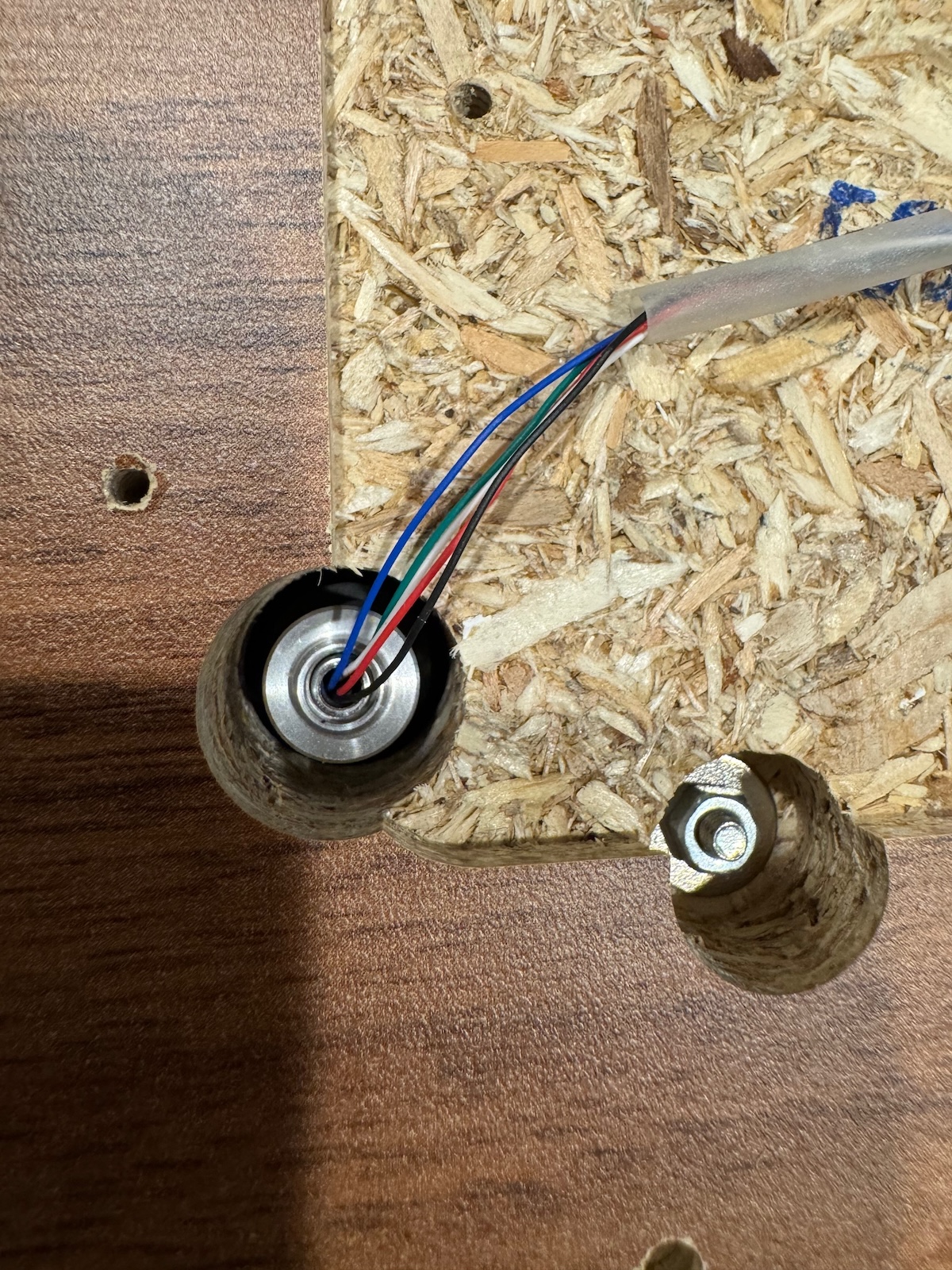 No twist! Someone at the factory did not do as the job. Also note the difference in the density of the fiberboard! The 'table sent to me for inspection appear to be of a less dense material!
No twist! Someone at the factory did not do as the job. Also note the difference in the density of the fiberboard! The 'table sent to me for inspection appear to be of a less dense material!
As for the effectiveness of "the twist"—
Pro-Jects measurements show that it actually works (back before VPI added anti-stating, Harry Weisfeld recommended a wire twist for those wanting ant-skating (which should be everyone IMO). The problem there was that VPI's arm was a "floppy unipivot" and the twist would seriously mess up azimuth. That's not a problem with a gimbaled bearing arm like this one.
According to Pro-Ject:
Our T1 generate the antiskating force by twisting the inner wirings (clockwise when you look at the tonearm from above). Therefore, this leads to a small force which moves the tonearm outwards. However, due to this (simple) principle, the force is not linear (and diminishing when the arm moves outside), which is usefullas the antiskating on the outside is less then the inside of the record.
This image below shows "twisted wire"/ anti-skating test track 50µm tone L and R channels superimposed on one another and harmonic distortion + noise tracking at 1.8g. "Clean" results.
 The image below is same at 60µm and is equally "clean"
The image below is same at 60µm and is equally "clean"
 Other graphs sent show that a slightly heavier tracking force—to the 2.0 recommended maximum for the OM10, produced slightly better results.
Other graphs sent show that a slightly heavier tracking force—to the 2.0 recommended maximum for the OM10, produced slightly better results.
Pro-Ject sent a new Ortofon OM10 stylus for the turntable so at the end of the video you'll hear how the turntable sounds properly set-up with the sound being directly recorded through the Lynx HiLo A/D converter. That's the tale!


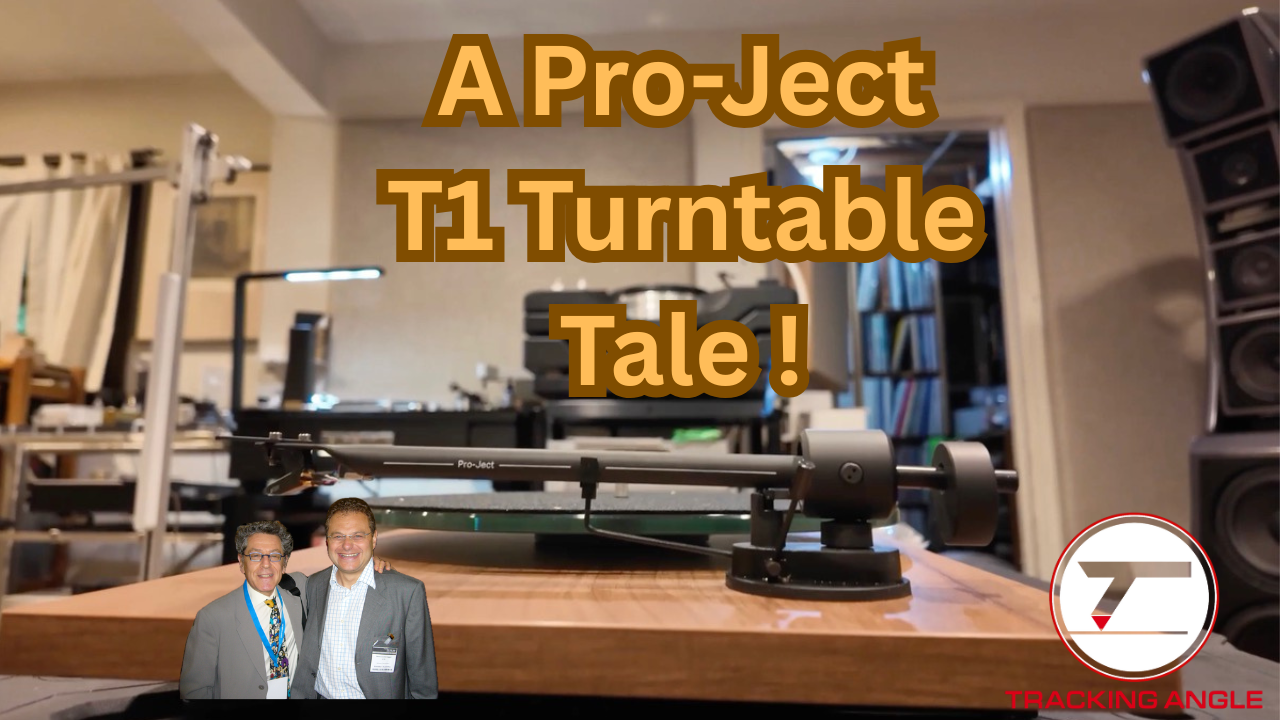




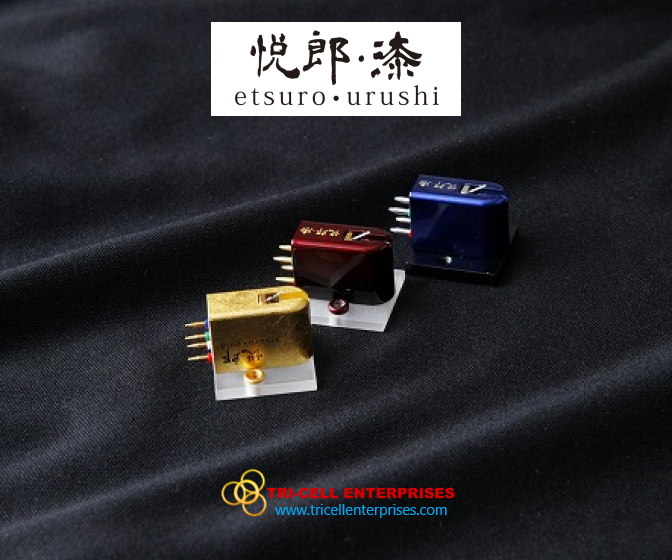

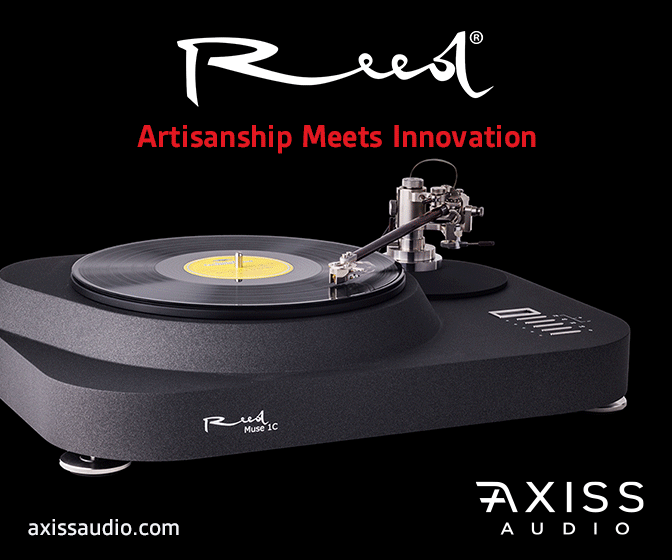
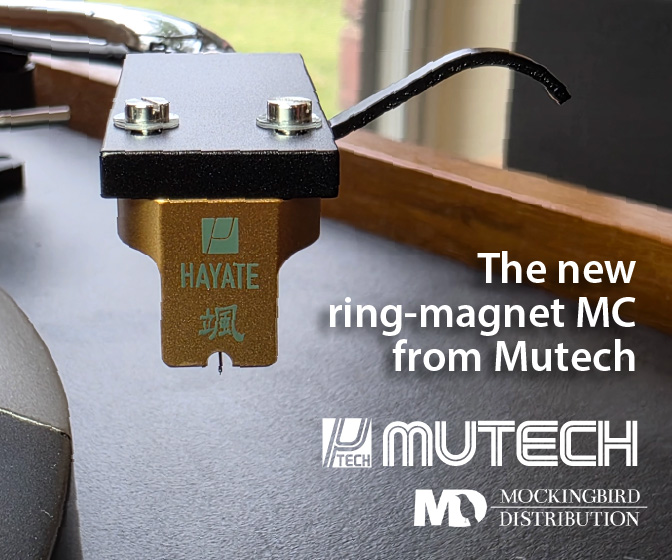
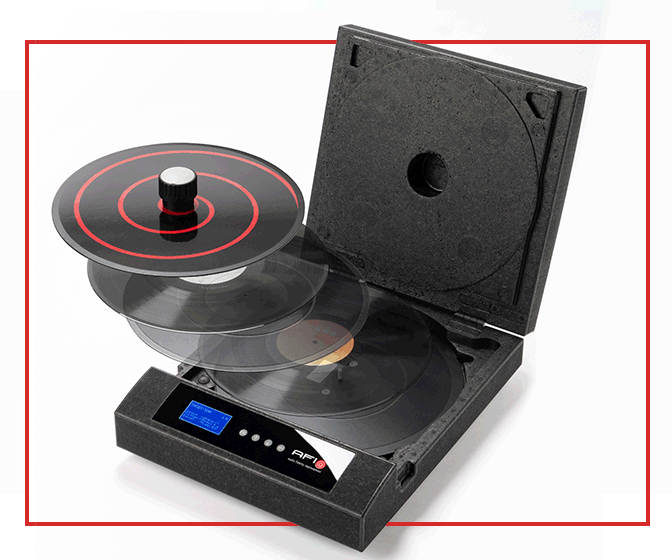

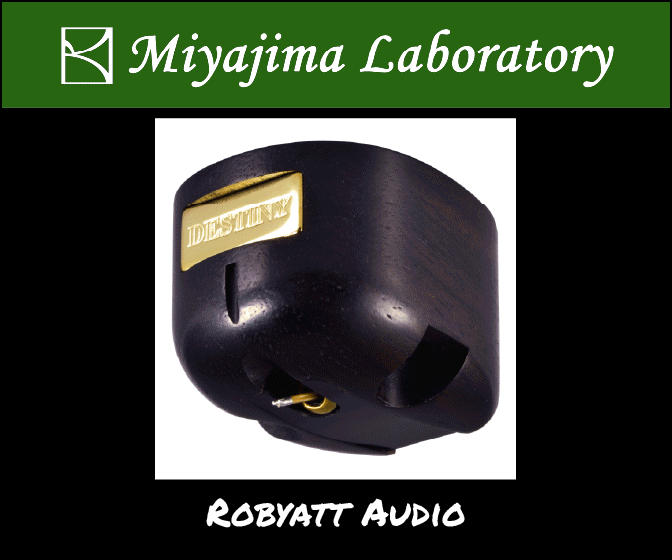





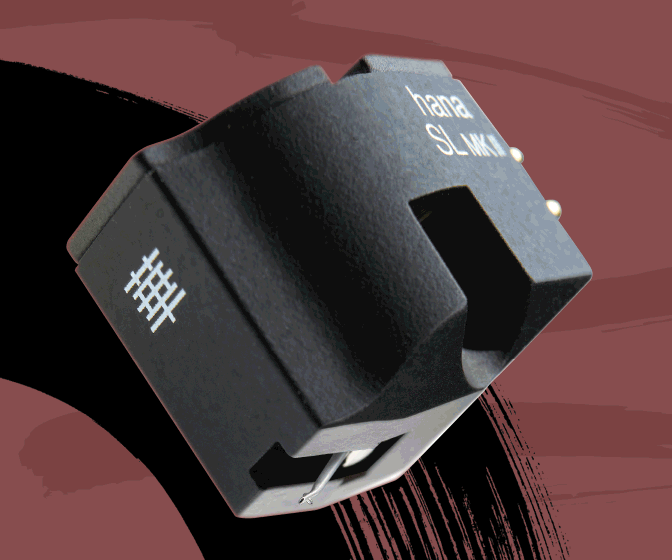
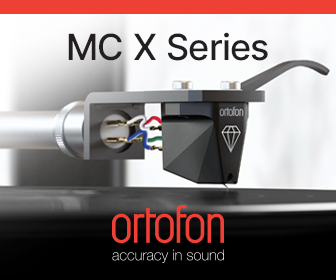
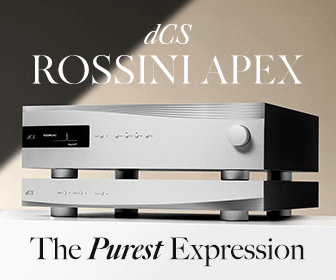



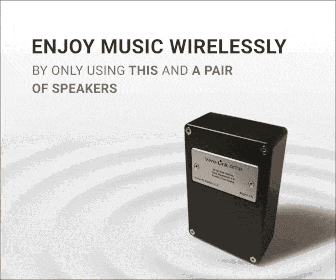
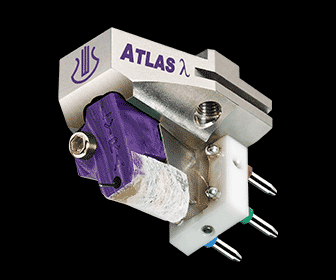

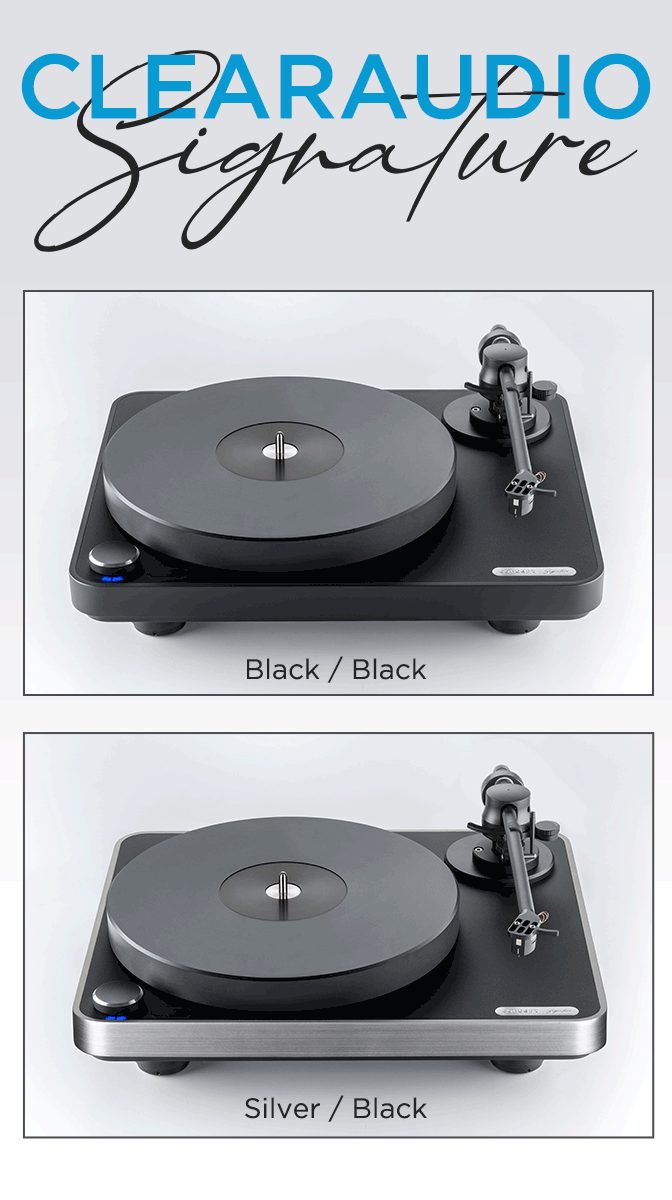


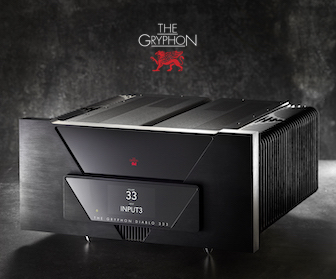
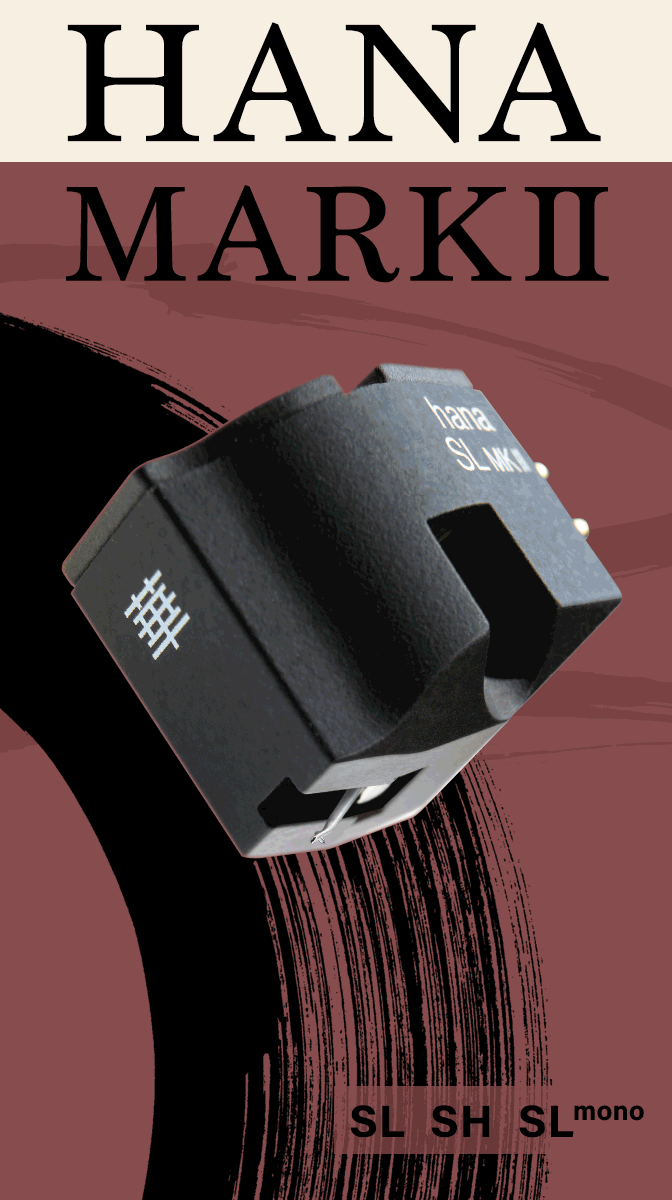



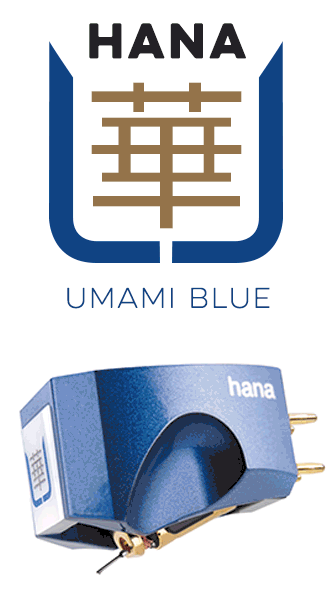





.png)








